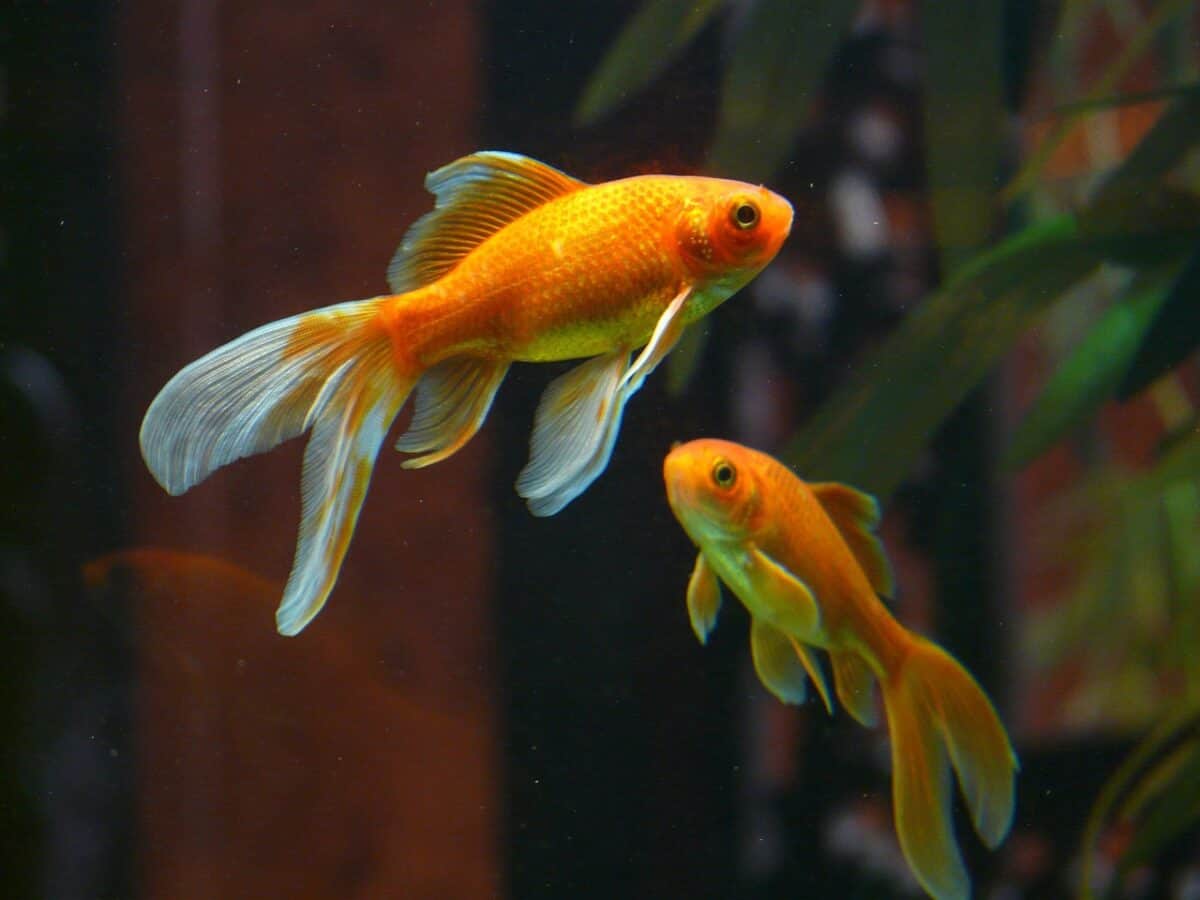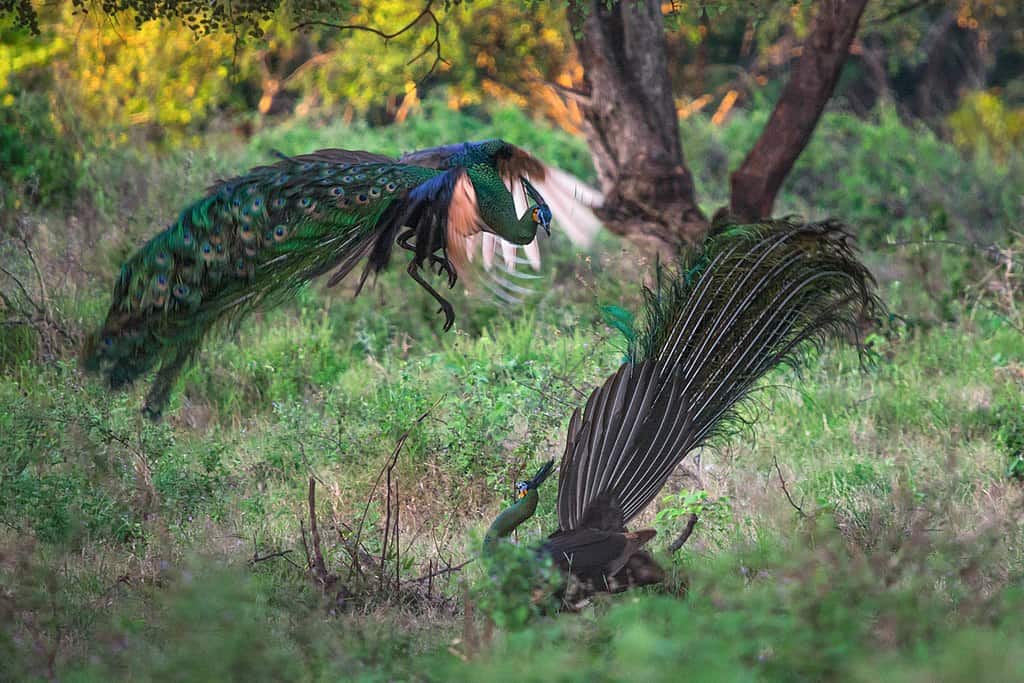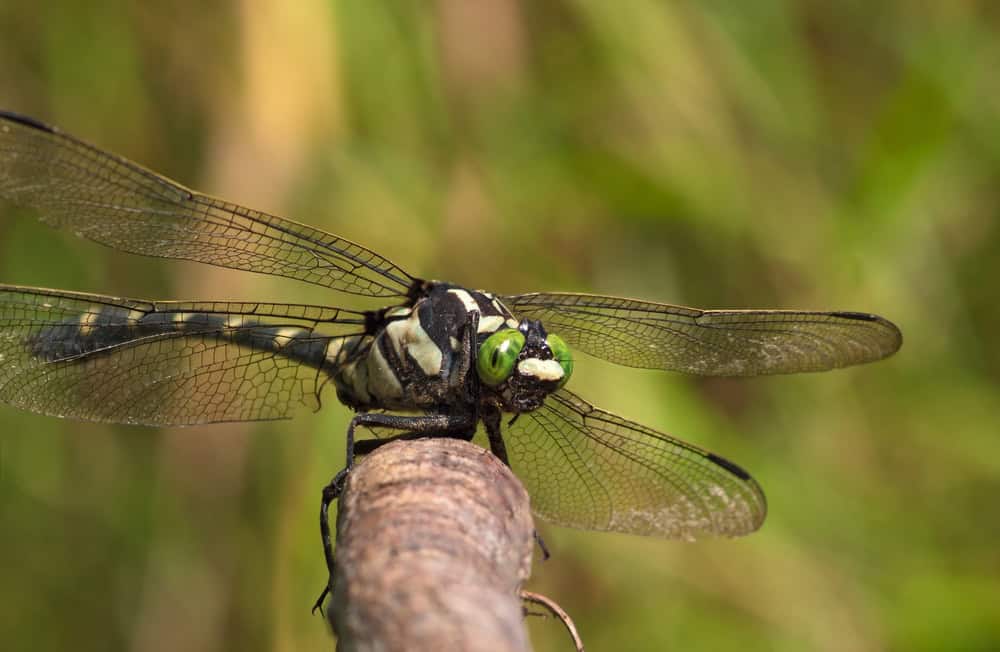The world is a vibrant tapestry of colors—some of which are entirely invisible to the human eye. While humans perceive the world through trichromatic vision, seeing red, blue, and green, many animals possess unique visual systems, enabling them to perceive colors and shades beyond our comprehension. These extraordinary creatures experience the world in hues that enhance their survival and enrich their interactions with the environment. Let’s dive into the fascinating world of animal vision and explore how these ten animals view their world much differently than we do.
Understanding Animal Vision

To comprehend how animals see the world, it’s essential to understand different types of vision. Humans are trichromats, possessing three types of color receptors—or cones—in their eyes. However, some animals have additional cones or specialized vision techniques that allow them to see ultraviolet or polarized light. This ability can significantly alter their perception of colors, making their world more vivid than ours.
Mantis Shrimp The Rainbow Warriors of the Ocean

The mantis shrimp tops our list with its unparalleled visual capabilities. These vibrant marine crustaceans boast 16 types of photoreceptor cells and are capable of detecting ultraviolet light, polarized light, and more. In their underwater realm, this rich visual spectrum aids in hunting and communication, providing a complex and colorful environment incomprehensible to human eyes.
Birds Masters of Ultraviolet Vision

Many bird species, including common ones like pigeons and the majestic kestrel, see a broader spectrum of colors than humans, including ultraviolet light. This ability aids in various behaviors, from identifying ripe fruits to spotting mates and discerning subtle distinctions in plumage that are invisible to us. Their enhanced vision is a crucial element in surviving and thriving in the wild.
Butterflies The Color Spectators on Flower Patrol

Butterflies are celebrated for their vibrant wings, but their ability to see is just as remarkable. Equipped with five to six color receptors, butterflies can perceive a spectrum far surpassing the human range. This advanced color detection plays an essential role in locating flowers and mates, navigating their bright and diverse environments with an intuitive flair.
Bees The Pollinators with Ultraviolet Insight

Bees are hardworking pollinators whose ability to see ultraviolet patterns guides them efficiently from flower to flower. They have three types of color receptors, similar to humans, but shifted towards the blue end of the spectrum, allowing them to recognize flowers in ways humans cannot. This vision is vital for pollination, influencing the diversity and health of ecosystems worldwide.
Reindeer Surviving with Polar Vision

In the harsh, icy climates of the Arctic, reindeer possess a unique adaptation: the ability to see ultraviolet light. This adaptation helps them discern predators camouflaged in the snow and identify safe pathways, crucial for their survival in extreme environments. This ultraviolet sensitivity, absent in humans, allows them to navigate their stark yet magnificent world.
Tetras Underwater Vision Experts

Tetras, small yet colorful fish often found in home aquariums, have a specialized ability to perceive ultraviolet light. This ultraviolet vision enhances their ability to find food and avoid predators, giving them an edge in their freshwater habitats. Their visual prowess creates an underwater experience rich in colors, contributing to their vibrant social interactions.
Jumping Spiders The Tiny Predators with Superb Sight

Jumping spiders are known for their exceptional vision, which includes the ability to see ultraviolet light. Their large, forward-facing eyes allow them to accurately judge distance and perceive a broad range of colors, essential for tracking prey and communicating with potential mates. This advanced visual system lends them a depth of perception rivaled by few other creatures.
Goldfish Seeing Red Better Than Humans

Goldfish do not just swim in style; they also can see red in greater detail than humans, alongside an ultraviolet spectrum. This enhanced vision allows them to navigate their aquatic environments with precision, navigate murky waters, and engage in more vibrant social interactions. In the watery depths, they perceive a red spectrum that humans can only imagine.
Peacocks Courtship Through Color

The peacock’s flamboyant display is not only astonishing to human spectators but is even more vibrant to other peafowls. Peacocks can see ultraviolet light, and their feathers reflect this, making them even more impressive. This visual specialization plays a crucial role in mating rituals and social hierarchy, adding depth to their already elaborate courtship displays.
Dragonflies Masters of Motion Detection

Dragonflies possess an intricate visual system with up to 30 different types of visual opsins, enabling them to detect a wide spectrum of colors beyond human perception. This ability allows them to track moving prey with incredible precision, even while in mid-flight, contributing to their prowess as adept hunters. Their complex vision creates a dynamic view of their aerial environments.
Conclusion: A Spectrum Beyond Human Comprehension

The way animals perceive their environment is a testament to the intricate and diverse adaptations that have evolved over millennia. While we may never fully understand their visual experiences, exploring how these animals see enriches our understanding of the natural world. Each creature offers us a glimpse into a vibrant spectrum that remains hidden to human eyes, reminding us of the wonders that lie beyond our limited perceptions.
- How Wildlife Corridors Help Animals Migrate Safely - August 19, 2025
- 10 Places in the US Where Wild Mustangs Still Run Free - August 19, 2025
- 15 Rare Cat Breeds Adapted to Hot Arid Environments - August 19, 2025

